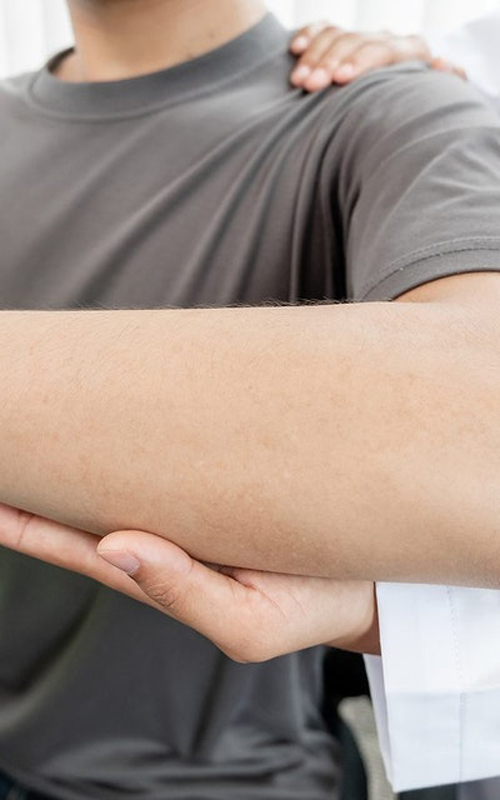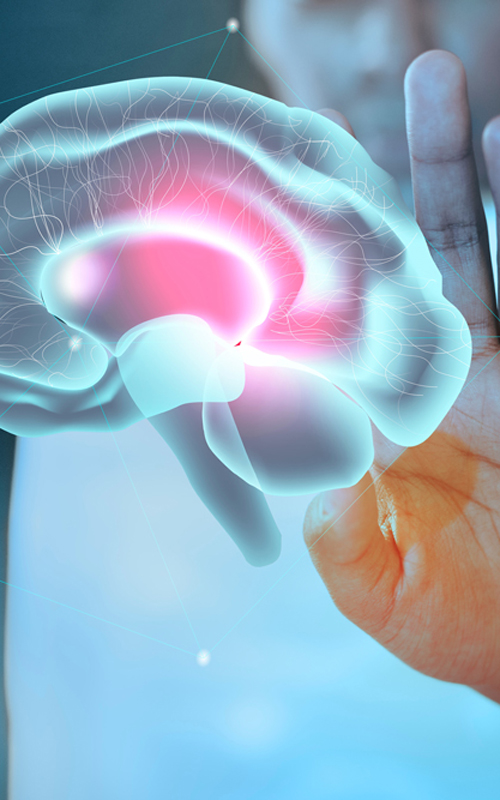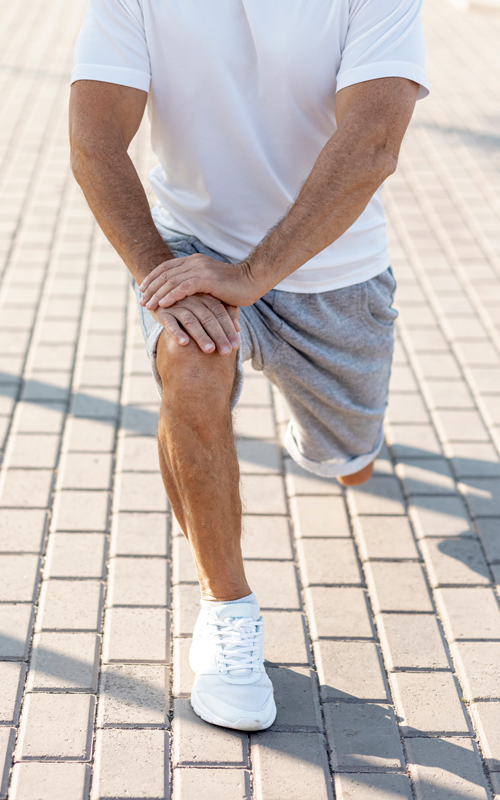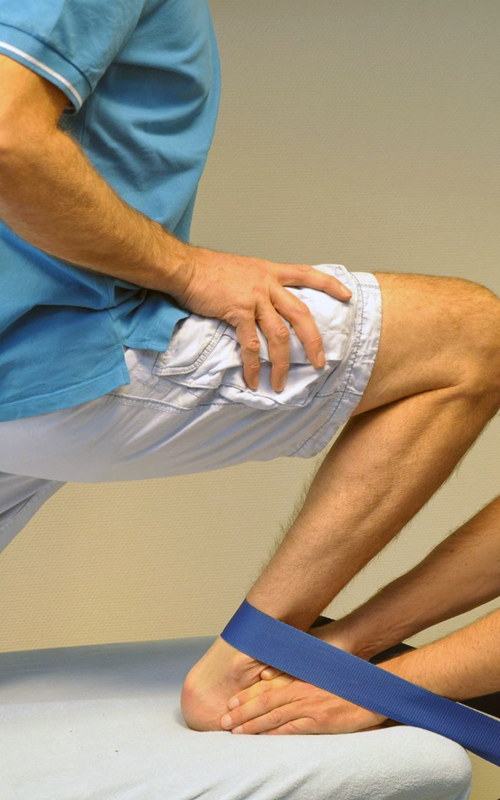Physiotherapy

Physiotherapy is a branch of the rehabilitation field directed towards correcting a specific problem that has been troubling and preventing an individual from performing an activity or motion with normal joint range of motion. They may or may not have pain associated with the activity and quite often people seek care or deem their to be a problem only if they experience pain with the activity. In order to stabilize a condition, the joint and it’s soft tissue components (muscles, ligaments, tendons and nerves) need to be returned back to a proper functioning state so that further injury and re-injury to the same area does not occur. A rehabilitation program must have several key components for this goal to be accomplished, otherwise an imbalance occurs which leads to injury and degenerative changes in our joints:
Flexibility
- Good flexibility enables muscles and joints to move through their full range of motion. Poor flexibility leads to a higher chance of injury to muscles, tendons, ligaments and their respective joints.
- Flexibility is joint-specific; a person may have excellent range of motion at one joint, yet be restricted in another.
- Stretching exercises help to realign new tissue that is being laid down in the direction of the muscle fibers. Without appropriate stretches, new scar tissue may form in weak random patterns, resulting in new restrictions and problem which would require a more complex approach to correction.
Strength
- Strength training is essential in the rehabilitation of any injury.
- Tissue goes through a remodeling phase which takes from six months to a year.
- When new tissue is laid down to repair an area, it is very thin and weak.
- During the remodeling phase, this tissue will increase to over ten times its original diameter if the appropriate weight training exercises are applied against it.
- Without weight or resistance training, the probability of re-injury or secondary injury remains high.
Balance and Proprioception
- Proprioception describes the body’s ability to react appropriately (through balance and touch) to external forces)
- Proprioception exercises should begin as early as possible in the rehabilitation process.
- Effective proprioception exercises are designed to restore the kinesthetic awareness of the patient. These exercises form the basis for the agility, strength and endurance required for complete rehabilitation.
Cardiovascular
Cardiovascular or aerobic exercises are essential for restoring good circulation and for increasing oxygen delivery to soft-tissues.
Lack of oxygen and poor circulation is a primary accelerator of injuries.
Muscles with poor endurance will fatigue much quicker under repetitive workloads and predisposes patients to injury. The muscle can no longer support the constant energy requirement an activity requires of it and strains likely occur.
Our therapists have years of experience in administering effective rehabilitation programs for professional and amateur athletes, various post-operative conditions, neurological disorders and common workforce injuries. Care of patients and training of therapists at that level far surpasses the typical standard of care, requiring a very high level of proficiency with such organizations. Our doctors continue to make gains and further their knowledge in the field of rehabilitation to ensure that their patients have the best treatment available to them.
Contact us to send you more information about the available programs!









